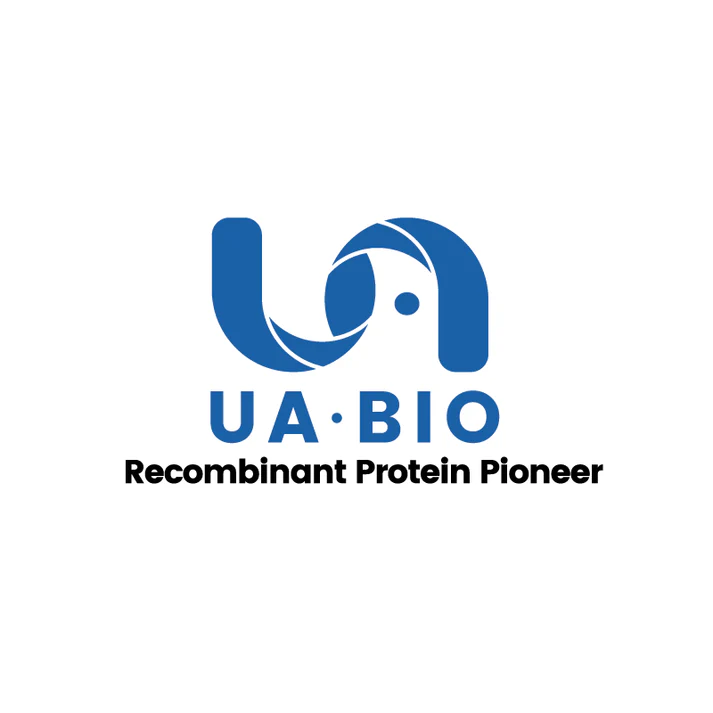Measured in a cytotoxicity assayusing HT-29 human colon adenocarcinoma cells, the EC50 for this effect is less than 5ng/ml.
Product Details
Product Details
Product Specification
| Species | Mouse |
| Synonyms | Tumor necrosis factor ligand superfamily member 14; TNFSF14; CD258; |
| Accession | Q9QYH9 |
| Amino Acid Sequence | Asp72-Val239 |
| Expression System | E.coli |
| Molecular Weight | 18 kDa (Reducing) |
| Purity | >95% by SDS-PAGE and HPLC. |
| Endotoxin | <0.1EU/μg |
| Conjugation | Unconjugated |
| Tag | No Tag |
| Physical Appearance | Lyophilized Powder |
| Storage Buffer | PBS, pH7.4 |
| Reconstitution | Reconstitute at 0.1-1 mg/ml according to the size in ultrapure water after rapid centrifugation. |
| Stability & Storage | · 12 months from date of receipt, lyophilized powder stored at -20 to -80℃. · 3 months, -20 to -80℃ under sterile conditions after reconstitution. · 1 week, 2 to 8℃ under sterile conditions after reconstitution. · Please avoid repeated freeze-thaw cycles. |
| Reference | J Immunol. 2001 Dec 1;167(11):6330-7. |
Background
TNFSF14, also known as tumor necrosis factor ligand superfamily member 14 or LIGHT (homologous to lymphotoxins, exhibits inducible expression, and competes with HSV glycoprotein D for HVEM, a receptor expressed by T lymphocytes), is a cytokine belonging to the tumor necrosis factor (TNF) superfamily. It is expressed on the surface of activated T cells, natural killer cells, and immature dendritic cells. TNFSF14 plays a crucial role in regulating immune responses, inflammation, and lymphoid organ development. It can bind to two receptors, herpes virus entry mediator (HVEM) and lymphotoxin beta receptor (LTβR), and modulate various immune functions, including T cell activation, cytokine production, and lymphoid tissue organization.
Picture
Picture
Bioactivity
SDS-PAGE
2μg (R: reducing condition, N: non-reducing condition).
RP-HPLC
>95% as determined by RP-HPLC.


